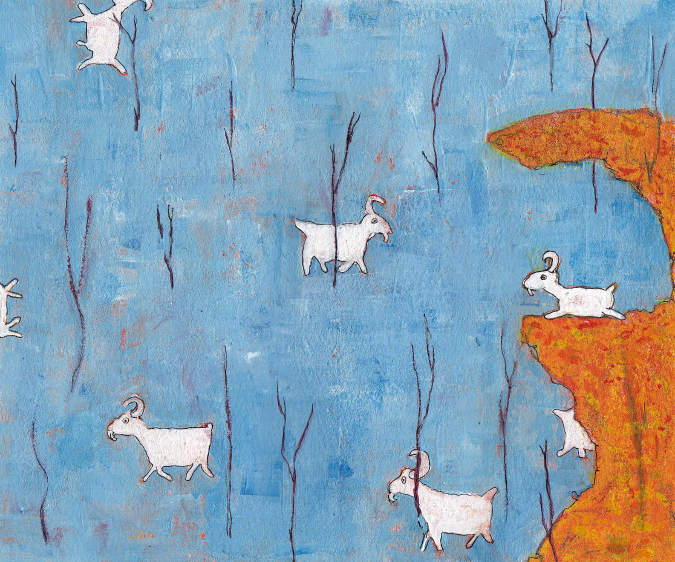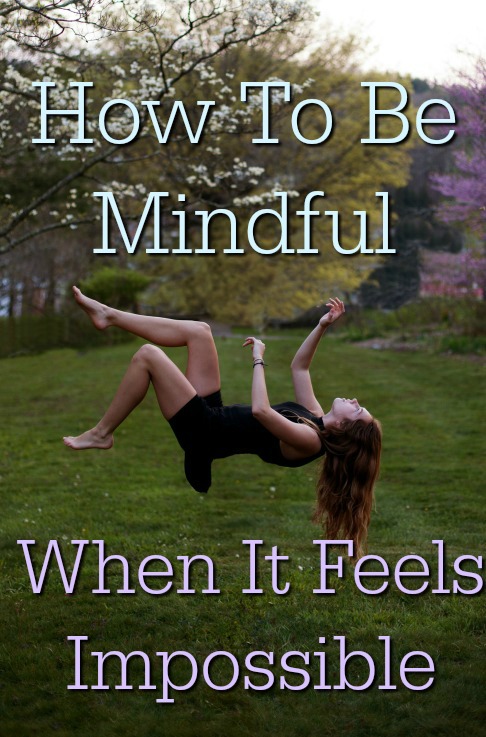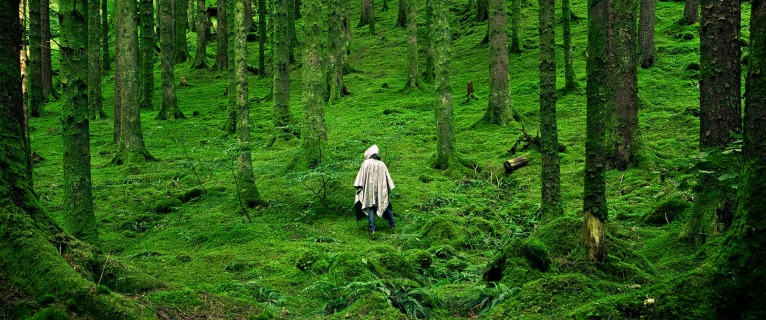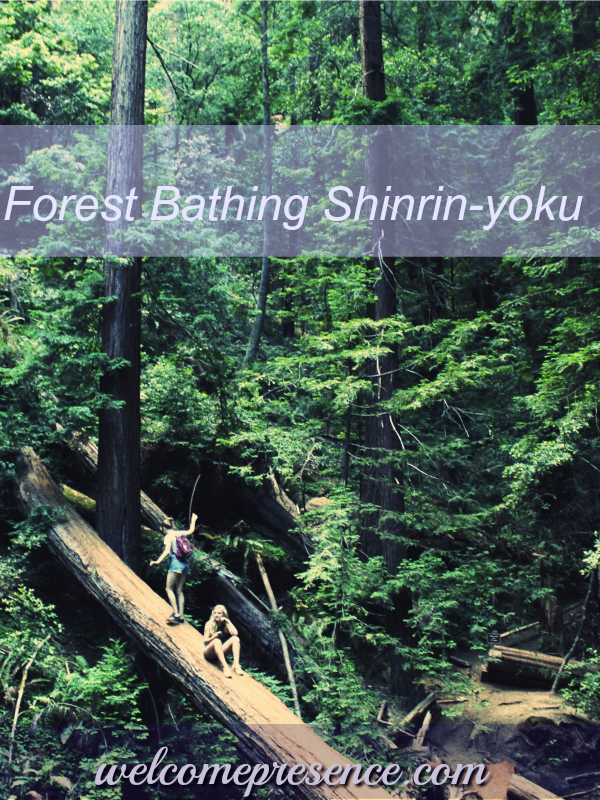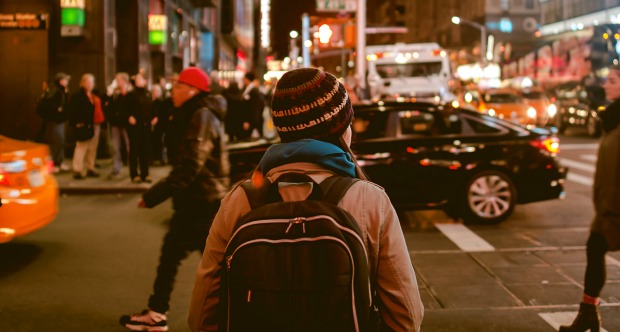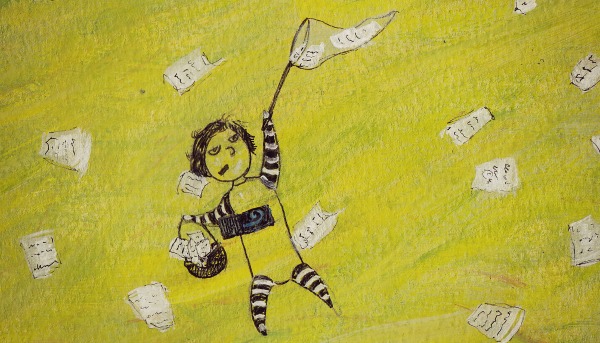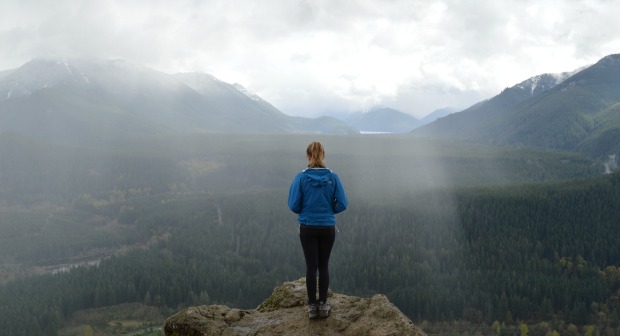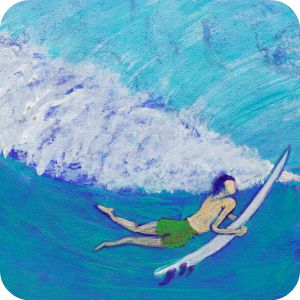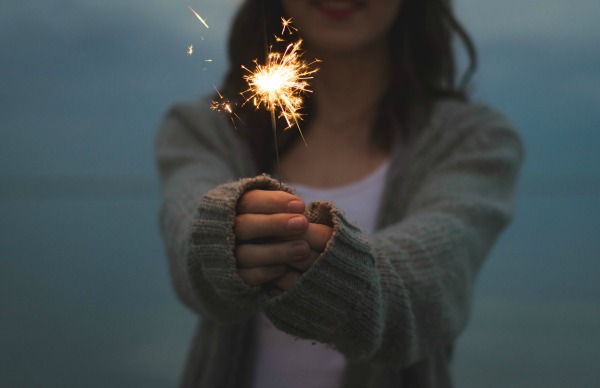Years ago I moved to a new place just days before the area was hit with ferocious bush fires. Shortly after shifting everything I owned into my new home, I had to quickly pack all my possessions up again, and stack them by the door ready for evacuation.
This new home was a broken-down, rambling 130 year old house that I shared with two other renters. It sat on 5 acres at the top of a ridge, in the Blue Mountains outside of Sydney, Australia. There was no fence and the bush started at our back door and rolled all the way down the valley, which was part of over 600,000 acres of National Park.
Watching The Fire
We spent one anxious night sitting on the back verandah watching the glowing fires out to the west. The winds were forecast to be 80 km/hour and headed straight for us. We scanned the orange glow across the horizon, tracking the movement, waiting for the moment we would have to leave.
The moment never came. The forecast winds only hit 4 km an hour instead of the predicted 80. The next day the local bush-fire brigade came out and did some back-burning in the valley behind our house. It seemed we were safe for the moment.
The day after the back-burning I went for a walk to check things out. I can’t imagine what it must be like to have a full-blown raging bushfire run through, because the effect of a tightly controlled back-burn was pretty decimating.
The previous day, the undergrowth had been thick, disorienting, and difficult to navigate. My first few attempts to get down into the valley to join the track leading to the creeks and waterfalls were
futile. I ended up turning back, fearful I would lose track of where my new house was.
But after the back-burning there was just an expanse of charred soil, warm underfoot, smoke slowly rising from it. Dead remnants of trees still stood here and there. A few had fallen and needed climbing over. The walk to where the valley dropped down now took five minutes, about a quarter what it had when battling through the undergrowth.
An Odd Visitor
So I was standing there, looking over the seared landscape, when a white shape shifted behind a clump of blackened trunks. At first I thought my eyes were playing tricks on me, and walked quietly closer
to get a look. And there I saw it.
A white goat had come up from the valley and was walking through looking for green vegetation to eat.
I stood quietly and watched it nose around for awhile. The goat was so white. I wondered if it had bolted from a nearby home, frightened by the fire. It was such a strange sight, so clean and seemingly domesticated, calmly foraging through the charred ground.
After watching the goat for a while, I went back to the house and drew a few quick sketches in a notebook. The image was locked into my memory, and still is years later. I thought it might be good to use in a piece of art somewhere down the line. After I made a note of it I didn’t think about it much for a while.
A few months later, the bush had begun the task of regenerating. Even with the undergrowth returning, the bush was still nicely thinned out and it was an easy walk down to the public tracks.
I’d gotten to the point where I could scramble all over the valleys behind the house and had gotten to know the area very well. At least one day of the weekend was reserved for walking in the valleys, I usually followed the creeks that spread out through the surrounding area, climbing up waterfalls as they gradually got smaller and smaller and almost disappeared, or slowed to a trickle at their source.
The area is famous for the golden sandstone cliffs and ridges, and I would often spot caves high up above the creeks and would make a detour to climb up and check them out.
The Goat King
One series of cliffs had these gigantic golden caves that were eroded into the shape of golden waves about to break over the valley. I tried a few times but could never find a path up to the ledges near the top of the cliffs. Whenever I walked by the creek below them I’d look up above the tree-line and check them out.
One day I looked up as I was walking by and saw another white whiff of movement. I stopped and looked more closely. It was the goat, sitting on his belly, paws close to the lip of the ledge, surveying the valley. There was something about the way he sat that struck me, he was so at home, he seemed like a king looking over his kingdom. I’m sure he must have seen me but he must have felt that I was no threat as he didn’t move or acknowledge me in any way, he certainly shoed no sense of skittishness or fear.
That goat, who in some ways seemed so out of place in that wild environment but had clearly made a life for himself out there, continues to walk the the landscape of my imagination. He represents a model for how I want to be in my own life. He represents the qualities of sovereignty and resilience that I want to bring to my life. The way he sat there on the cliff was so regal, there was such a strong sense of belonging and ease in the way that goat held himself.
And he brought that same calm presence to the blackened landscape as he did to the recovering landscape. He walked among the charred debris with the same confidence he displayed sitting high up on his throne, present and watchful as the land around him bloomed.
He reminds me that all we need to do when things chaotic is to forage calmly, sniffing after any remaining green shoots.
And he reminds me that we, too, can simply sit here and be fully ourselves. Settled, calm, secure in the knowledge that we belong.
I like to think of the present moment as my throne, and yours too. And believe that how we occupy that throne matters. How do you feel as you sit in that throne? Can you make your home there? When you sit
on your golden throne what perspective does it give you?

